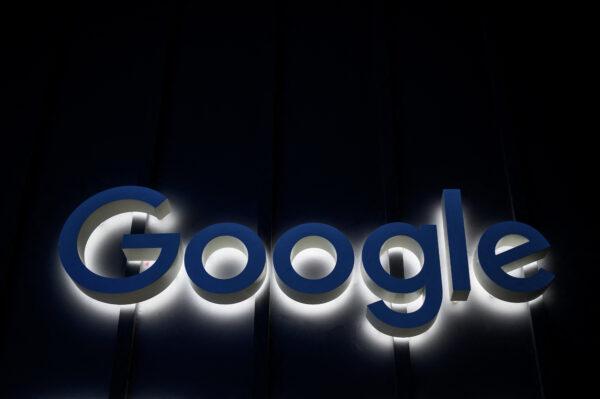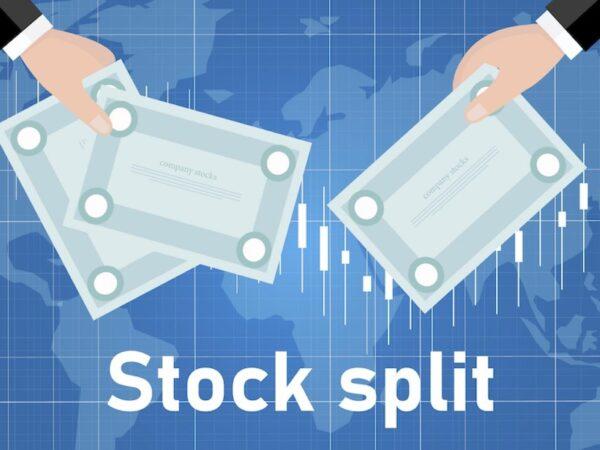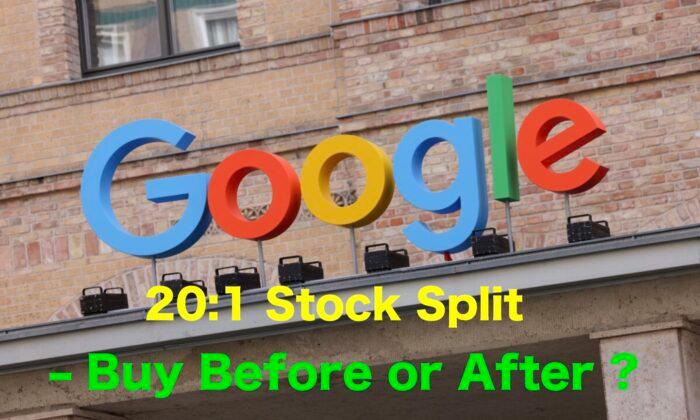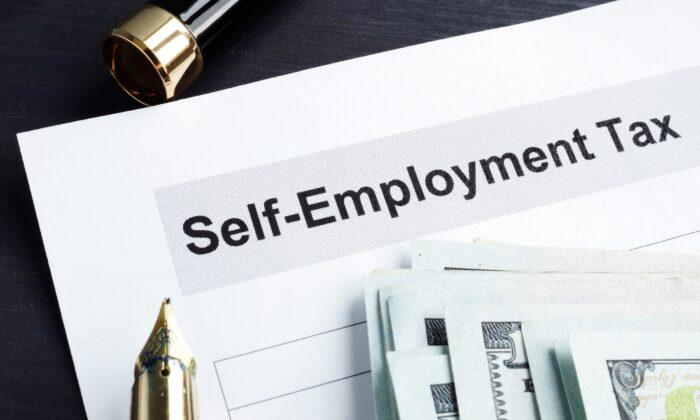As stock market corporate events go, a stock split is one of the more exciting deals.
On July 15, Alphabet, the parent company of Google, will execute a 20:1 stock split. Holders of Class A, Class B, and Class C shares as of July 1 will receive 19 additional shares for each share of stock they currently own.
What Is the Point
When a single share of any stock reaches into the thousands of dollars, it becomes less attractive to a certain level of investor. Investors with deep pockets will continue to invest in that stock, but retail investors are less likely to shell out four figures for one share of stock, no matter how much they like the company offering it.However, those retail investors who want to own a piece of Google are much less afraid to purchase a share at, say, $150. The lowered share price attracts more investors, and stock splits often follow significant growth, by percentage, in each share. The announcement of the stock split at the end of May increases the value of shares of Google by 9 percent immediately.
Therefore, the benefit to the company splitting stock is a more diverse shareholder base. The benefit to investors is the opportunity to own a piece of a successful company at a much lower price. Those low price shares can become high price shares if the company maintains its increased share price over time. The average share price of Google stock doubled between May 2020 and May 2022.

This stock split, similar to the one executed by Apple earlier in 2022 and Amazon in early June, comes at a time when middle-class investors are buying fractional shares of the most successful companies. Some retail brokerage firms, for example, will sell their clients 1/10th of one share of Google, an attractive option for investors on a budget.
This stock split is in direct response to that relatively new behavior among stock market participants.
Of course, with each stock split, each share carries less value overall. In this case, 1/20th of the value of a full share prior to the split. This is especially true in shares from classes that have voting rights.
In Google’s case, Class A shares provide one vote each to each shareholder for company-wide decisions such as board of director elections, mergers, acquisitions, and dividend payouts.
Class B shares in Google are held by founders and early investors.
Class C stock was issued in 2012, and those came with no voting rights.
Class A and Class C Alphabet stocks trade at slightly different prices, but rarely by more than $25 per share.

Another Benefit: Index Inclusion
Because of its current four-digit price, Alphabet stock is not included in the Dow Jones Industrial Average (DJIA) index. The high price would throw off the average significantly. A lower price would make Alphabet an attractive addition to the DJIA.Can I still Take Advantage?
As stated above, anyone owning a share of Alphabet stock on July 1 will get a 20:1 split of that stock by July 15. So, yes, if you have an extra $3,000 laying around, you can invest in Alphabet stock at the current price.The question is whether you would rather have one item worth $3,000 or 20 items worth $150. Knowing the rate at which those 20 $150 items are likely to increase in value, the answer is easy.






